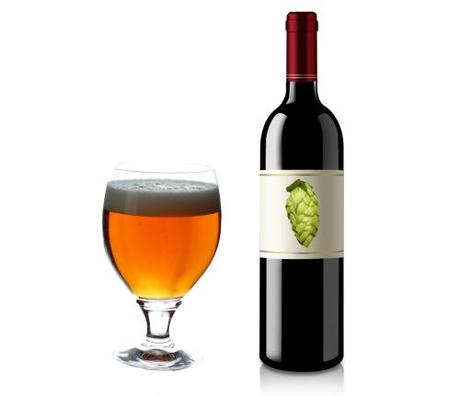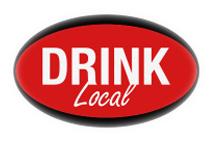
It seems whenever you turn around these days, there’s some media outlet hyping the mainstream impact of craft beer…
- “Beer sales starting to foam up“
- “Craft beer movement comes to a head“
- “Craft Beer’s Renaissance Continues to Grow“
Among the phrases to consistently draw ire from beer nerds such as myself is the “winification of beer,” more commonly seen as a headline posing the question: “Is beer the new wine?”
No, beer is not wine, nor is it the “new” wine. Most often, these pieces will focus on aesthetic aspects of craft beer purchasing, like the size of a bottle (23-ounce bombers becoming more prominent) or pricing (those large bottles can be compared to the price of a bottle of wine).
These are simply easily-spotted visual cues that could allow consumers to compare and contrast between wine and beer. No, the real “winification of beer” isn’t on the outside of a bottle, it’s on the inside.
NPR ran this piece on its blog “The Salt” last week, pointing out an important movement for craft brewers – going hyper-local for ingredients. Like, backyard local:
Why, you may ask, would anyone want to add strange seeds and mushrooms to their beer? The answer is to create a taste of place. It’s a concept long recognized by and winemakers, who call it terroir, but is mostly absent from the craft of brewing.
For any uninitiated, the idea of terroir is to provide some kind of good – most often food or drink – a sense of place by using locally-sourced ingredients. It’s a very important part of wine production, but why is this important for craft brewers? Well, there are several reasons.
As consumer behavior continues to drift toward the “buy local” movement, it’s no surprise breweries are emphasizing the need or interest in local ingredients. Keep in mind, a majority of Americans live within 10 miles of a brewery. Building connections to a business start at home and that’s easier than ever for beer lovers now.
 That bodes well for craft beer, as emphasizing local connections through your product is key from a business standpoint. For example, we know that the proliferation of the term “craft beer” was a very local/regional movement, so by utilizing that connection in both beer production and sales, a craft brewery can benefit.
That bodes well for craft beer, as emphasizing local connections through your product is key from a business standpoint. For example, we know that the proliferation of the term “craft beer” was a very local/regional movement, so by utilizing that connection in both beer production and sales, a craft brewery can benefit.
Here’s the thing: studies have shown that for wine, the idea of terroir doesn’t impact the price from a production standpoint. However, it does influence the psychology of the purchase. Namely, emphasizing terroir is a boon not only for the potential sale of a good, but also for the consumer who feels a connection to buying local.
Of course, sales are not the only reason breweries may emphasize being local. Here in Durham, NC, Fullsteam proudly showcases their commitment to a “Southern Beer Economy,” using numerous in-state ingredients in their beer, including a cream ale made from all local ingredients, except for hops.
Down the road in Hillsborough, Mystery Brewing created a 100 percent local beer of its own. And this isn’t even counting the yet-opened Haw River Farmhouse Ales, which will be using locally-sourced yeast strains, in addition to ingredients. You can even homebrew in an even more local fashion!
All this is to say that the next time you see some piece on TV, in the newspaper or online claiming “beer is the new wine,” it’s not because it comes in a big bottle meant to be shared. It’s because there’s a little more focus on what’s important – the ingredients and how they get into the beer.
+Bryan Roth
“Don’t drink to get drunk. Drink to enjoy life.” — Jack Kerouac

